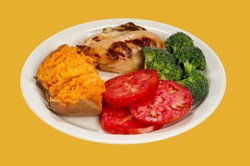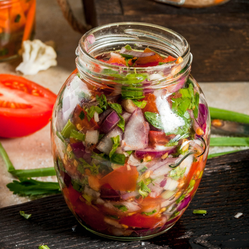Dietary guidelines for Americans have changed over the decades, and kindergarten through twelve school meals have gained considerable attention [1]. Nevertheless, some situations arise which enable students to consume items which are high in sugar, fat, and calories. These occurrences have to do with fundraisers and recognition of outstanding academic performance [2].
There is a tendency for some teachers to use candy as a reward for children who excel in class. Whereas this conveys positive reinforcement for good performance, it also presents an issue with excess calorie intake, predisposition to overweight and obesity, and dental problems. These health risks exist because the student may consume other sugary snacks, drinks, and high-calorie foods at or away from school.




 The Reality of Aspirinon 05/24/2021
The Reality of Aspirinon 05/24/2021
 An Old Microbeon 03/31/2021
An Old Microbeon 03/31/2021
 Coronavirus and Mental Illnesson 02/14/2021
Coronavirus and Mental Illnesson 02/14/2021
 Acute Ischemic Strokeon 12/25/2020
Acute Ischemic Strokeon 12/25/2020


Comments